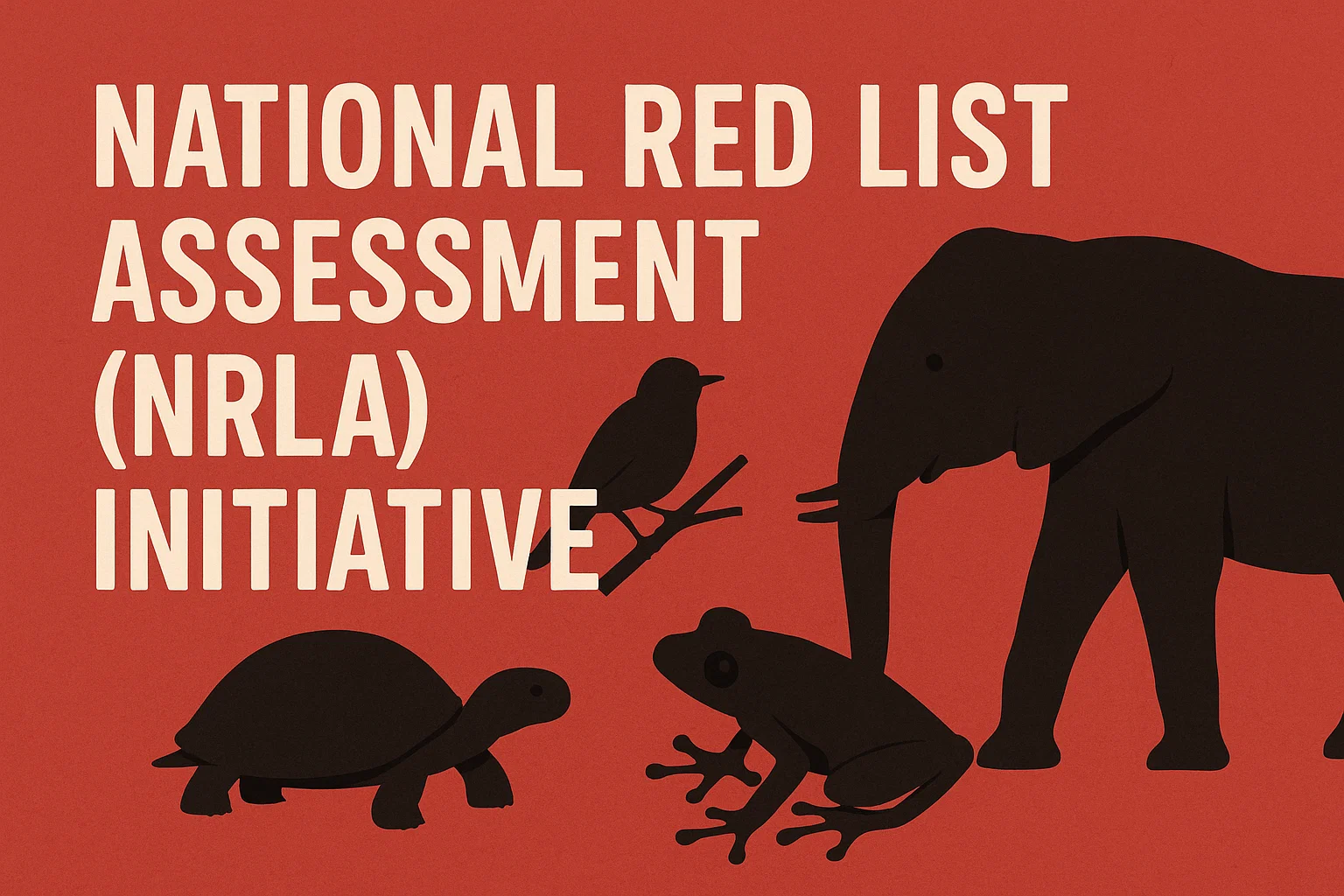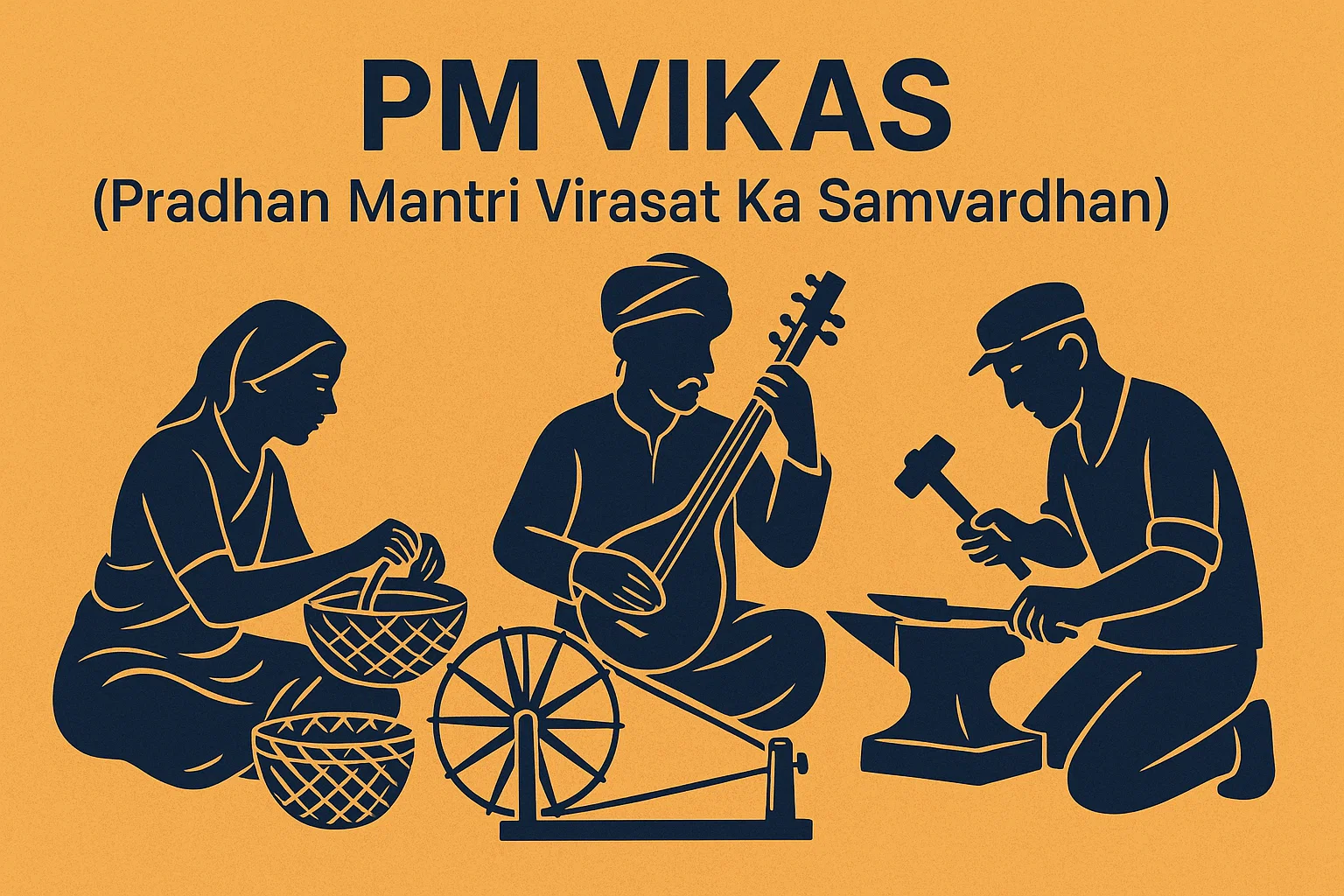Ancient India Syllabus for UPSC History Optional
Explore the detailed Ancient India syllabus for UPSC History Optional. Get topic-wise breakdown, booklist, and preparation tips to boost your UPSC Mains score.

Introduction:
The History Optional subject in the UPSC Civil Services Examination is a highly rewarding choice for aspirants with a deep interest in India’s historical evolution. A significant portion of Paper I is dedicated to Ancient Indian History, and this section plays a foundational role in understanding the subcontinent’s political, cultural, religious, and economic development. This blog comprehensively outlines the Ancient India syllabus for UPSC History Optional, using authentic references and a clear structure aimed at UPSC aspirants.
Why Study Ancient India in History Optional?
- Forms approximately 50% of Paper I of the History Optional syllabus.
- Offers strong interlinkages with GS Paper I, especially in culture, society, and early polity.
- Promotes conceptual clarity useful for essay writing and ethics papers.
- Scoring potential is high due to well-defined sources and established scholarly interpretations.
Ancient India: Detailed UPSC History Optional Syllabus Breakdown
The UPSC Ancient History syllabus covers a broad spectrum from prehistory to early medieval India, requiring candidates to adopt a comparative and analytical approach backed by archaeological and literary evidence. Here is a slightly elaborated overview of the key themes and topics:
1. Sources of Ancient Indian History
- Archaeological Sources: Exploration, excavation techniques, epigraphy (study of inscriptions), numismatics (study of coins), and monuments. Understanding how these sources help reconstruct history.
- Literary Sources:
- Indigenous: Vedic texts, Puranas, Buddhist and Jain scriptures, Sangam literature.
- Foreign: Accounts by Greek, Chinese, and Arab travelers and historians.
- Correlation: How archaeological evidence complements and sometimes challenges literary narratives.
2. Prehistoric Cultures in India
- Phases: Paleolithic (Old Stone Age), Mesolithic (Middle Stone Age), and Neolithic (New Stone Age).
- Major Sites: Bhimbetka, Mehrgarh, Adamgarh, Bagor, etc.
- Lifestyle: Hunter-gatherer to settled agricultural communities.
- Agriculture and Domestication: Early cultivation of crops and domestication of animals marking the Neolithic revolution.
3. Indus Valley Civilization (IVC)
- Origin and Urban Features: Well-planned towns like Harappa, Mohenjo-daro with advanced drainage, granaries, and standardized weights and measures.
- Economy: Agriculture, internal and external trade (with Mesopotamia), crafts, and metallurgy.
- Religion and Art: Seals with animal motifs, terracotta figurines, pottery styles.
- Decline and Legacy: Theories about decline and its cultural impact on later Indian civilization.
4. Vedic Period
- Texts: Early (Rigveda) and Later Vedic literature (Samaveda, Yajurveda, Atharvaveda).
- Polity: Transition from tribal assemblies (Sabha, Samiti) to monarchy.
- Society: Development of the Varna system, patriarchal family structure.
- Economy: Shift from pastoralism to settled agriculture.
- Religious Ideas: From hymns praising nature gods to complex sacrificial rituals.
5. Mahajanapadas and Rise of Magadha
- Study of the sixteen Mahajanapadas, their political structures, warfare, and the ascendancy of Magadha as a dominant power.
6. Religious Movements (6th Century BCE)
- Socio-economic background of heterodox movements.
- Jainism and Buddhism: Their doctrines, spread, and councils.
- Other sects like Ajivikas.
- Impact on Indian society and polity.
7. Mauryan Empire
- Chandragupta Maurya and Kautilya’s Arthashastra: Statecraft and administration.
- Ashoka: Dhamma policy, edicts, administration, and foreign relations.
- Economy and Trade: Agrarian base, trade routes.
- Mauryan Art: Pillars, stupas, and architecture.
8. Post-Mauryan India
- Indo-Greeks, Shakas, Kushanas, Parthians and their cultural interactions.
- Gandhara-Mathura art styles.
- Development of Mahayana Buddhism.
9. Early South India and Deccan
- Dynasties: Satavahanas, Cholas, Cheras, Pandyas.
- Sangam literature and society.
- Trade, ports, coinage.
- Art and architecture: Amaravati stupa, rock-cut caves.
10. Gupta Empire and Successors
- Political consolidation, administration.
- Golden Age achievements: science, literature (Kalidasa), temple architecture, metallurgy.
- Educational institutions like Nalanda and Vikramashila.
- Decline of the empire.
11. Post-Gupta Regional States
- Harshavardhana and the Vardhana dynasty.
- Early feudalism and decentralisation.
- Administration, economy, and society.
12. Themes in Ancient Indian Society
- Caste system: Varna and Jati distinctions.
- Gender relations and women’s status.
- Slavery, untouchability, marginalized groups.
- Social mobility and regional variations.
13. Economic Structure
- Agrarian systems and land grants.
- Urbanisation and internal trade.
- Guilds (Shrenis), coinage, and taxation.
14. Art, Architecture, and Literature
- Mauryan pillars, caves, stupas.
- Gupta temples, sculpture, Ajanta murals.
- Literary contributions in Sanskrit, Prakrit, and Tamil (Sangam texts).
15. Science and Technology
- Mathematics: Concept of zero, decimal system.
- Astronomy: Contributions of Aryabhata, Varahamihira.
- Medicine: Charaka and Sushruta’s treatises.
- Metallurgy: Iron pillar of Delhi, zinc production techniques.
This syllabus demands a multi-disciplinary approach, integrating archaeological data, textual analysis, and historiographical insights to understand the complex and layered history of ancient India. Candidates should focus on comparative study, cause-effect relationships, and continuity and change across periods to excel in UPSC exams.
How to Study Ancient India for UPSC History Optional
Preparing Ancient India for the UPSC History Optional requires a strategic approach that balances factual mastery, analytical skills, and historiographical awareness. Here’s a comprehensive guide to maximize your preparation:
1. Link Sources to Themes
- Substantiate Arguments:
Always back your answers with evidence from primary sources—inscriptions (Ashokan edicts, Allahabad Pillar, Hathigumpha), coins, archaeological findings, and ancient texts (Vedas, Buddhist and Jain literature, Arthashastra, Sangam texts). - Theme-Based Linking:
For example, when discussing Mauryan administration, quote Ashokan edicts; for Gupta economy, cite inscriptions like the Allahabad Pillar or land grant charters. Use textual references for social and religious themes (e.g., Manusmriti for Varna system, Buddhist texts for social protest).
2. Answer Structuring
-
- Introduction:
Define the theme, period, or concept. Briefly mention its significance in the context of Ancient Indian history.
- Introduction:
- Body:
-
- Chronological Approach:
Trace the evolution of the theme across different periods (e.g., polity from Vedic to Gupta era). - Thematic Approach:
Analyse under sub-headings—political, economic, social, religious, and cultural aspects. - Integrate Evidence:
Insert references to inscriptions, texts, and archaeological findings at relevant points. - Historiographical Perspectives:
Present varying scholarly views for a balanced analysis.
- Chronological Approach:
- Conclusion:
Summarise key points, highlight continuity and change, and, if possible, link to contemporary relevance.
3. Incorporate Historiography
- Use of Scholars’ Views:
- R.S. Sharma: Materialist interpretation of social change, feudalism, and peasantisation.
- Romila Thapar: State formation, social stratification, and reinterpretation of early Indian polity.
- Upinder Singh: Archaeological perspectives, urbanization, and nuanced understanding of sources.
- D.N. Jha: Agrarian structure, economy, and social history.
- Other Scholars: Reference works by A.L. Basham, D.D. Kosambi, and others for diverse viewpoints.
- How to Integrate:
Use phrases like “According to R.S. Sharma…”, “Romila Thapar argues…”, or “Upinder Singh’s archaeological analysis suggests…”.
4. Use Maps and Diagrams
- Maps:
- Mark archaeological sites (e.g., Harappa, Mohenjo-daro, Inamgaon).
- Show trade routes (Indus-Mesopotamia, Silk Road).
- Indicate cultural zones (Megalithic, Painted Grey Ware, Chalcolithic regions).
- Diagrams:
- Settlement layouts (e.g., Dholavira’s water management).
- Administrative structures (Mauryan bureaucracy).
- Social hierarchy (Varna system pyramid).
- Practice:
Draw rough maps and diagrams in your notes and answers for better retention and presentation.
5. Answer Past Year Questions and Spot Trends
- Analyse Previous Papers:
Identify recurring themes—caste, Buddhism and Jainism, Mauryan/Gupta polity, economic systems, art and architecture. - Practice Writing:
Write full-length answers to past questions, focusing on answer structure, integration of sources, and historiographical perspectives. - Spot Trends:
- Caste: Evolution from Rigvedic to later periods, role in polity and economy.
- Buddhism: Causes for rise, spread, decline, and impact on society and polity.
- Gupta Polity and Economy: Decentralization, land grants, urban decline debates.
- Value Addition:
Use model answers, toppers’ copies, and feedback from mentors to refine your approach.
6. Additional Tips
- Make Comparative Tables:
Compare periods (e.g., Mauryan vs. Gupta administration), societies, or religious movements. - Prepare Timelines:
Chronologically arrange major events, rulers, and cultural developments. - Regular Revision:
Revise notes, practice active recall, and discuss with peers for conceptual clarity.
How to Study Mapping for History Optional
1. Understand the Importance of the Map Question
- The map question in History Optional Paper 1 is compulsory and carries 50 marks, making it crucial for scoring well.
- It covers Ancient and Medieval Indian history, focusing on archaeological sites, trade routes, cultural zones, and important historical locations.
2. Analyse Previous Year Questions (PYQs)
- Thoroughly review at least the last 10 years of map questions to identify:
- Frequently asked sites and themes.
- The level of detail expected in annotations (usually concise, about 30 words).
- PYQs reveal high-yield sites and recurring patterns, helping you prioritize your preparation.
3. Create Period-wise Site Lists
- Divide your map preparation by historical periods:
- Prehistoric and Protohistoric (e.g., Bhimbetka, Mehrgarh)
- Harappan Civilization (e.g., Mohenjo-daro, Lothal, Dholavira)
- Vedic Period (e.g., Hastinapur, Kurukshetra)
- Mauryan and Post-Mauryan (e.g., Pataliputra, Taxila)
- Medieval Period (e.g., Ajanta, Ellora, Hampi)
- This helps in systematic learning and revision.
4. Regular Map Annotation Practice
- Dedicate time daily or weekly to practice map questions.
- Practice:
- Locating sites accurately on blank maps.
- Writing concise, precise annotations linking the site to its historical significance.
- Even practicing one site a day builds strong retention and speed.
5. Use Quality Reference Material
- Standard books like Upinder Singh’s History of Ancient India, NCERTs, and Romila Thapar’s works provide reliable information.
- Use specialized mapping materials or value-added notes from reputed coaching institutes (e.g., Vision IAS’s Value Added Material).
- Include Archaeological Survey of India reports and recent discoveries to cover newer sites.
6. Incorporate Technology and Visual Aids
- Use digital tools and apps that allow you to mark and practice sites interactively.
- Watch video lectures and tutorials by toppers and experts (e.g., Vikas Ahlawat’s History Optional Mapping strategy).
- Maintain a physical or digital atlas with marked sites for quick revision.
7. Make Mind Maps and Thematic Groupings
- Group sites by themes such as:
- Port sites (e.g., Lothal, Arikamedu)
- Megalithic sites (e.g., Brahmagiri, Adichanallur)
- Trade routes (e.g., Silk Route, Grand Trunk Road)
- This helps in recalling related sites during exams.
8. Focus on Accuracy and Presentation
- In exams, ensure neat marking and clear labeling.
- Write annotations within the prescribed word limit (around 30 words).
- Avoid vague descriptions; be specific about the site’s historical importance.
9. Revise Regularly and Test Yourself
- Regular revision is key to retaining site locations and details.
- Attempt mock map questions under timed conditions.
- Join peer groups or online forums to exchange map quizzes and tips.
Best Books for Ancient History (History Optional Study Material)
- Upinder Singh – A History of Ancient and Early Medieval India
- R.S. Sharma – India’s Ancient Past and Material Culture and Social Formations in Ancient India
- A.L. Basham – The Wonder That Was India
- Romila Thapar – Early India: From the Origins to AD 1300
- NCERTs (Old & New) – Especially Class XI (Ancient India) and XII (Themes)
- Tamil Nadu Class 11 History Book – Compact and conceptually rich
Final Words
The History Optional syllabus: Ancient India is an enriching journey into the roots of Indian civilisation. It is not just about memorising dates or dynasties—it demands interpretation, critical analysis, and thematic understanding. For aspirants looking to score well in UPSC Mains, mastering Ancient India offers dual benefits: excellence in Optional Paper I and significant content for GS Paper I.
With the right sources, disciplined preparation, and practice, this section can become your greatest asset in the UPSC journey.
Subscribe to our Youtube Channel for more Valuable Content – TheStudyias
Download the App to Subscribe to our Courses – Thestudyias
The Source’s Authority and Ownership of the Article is Claimed By THE STUDY IAS BY MANIKANT SINGH


